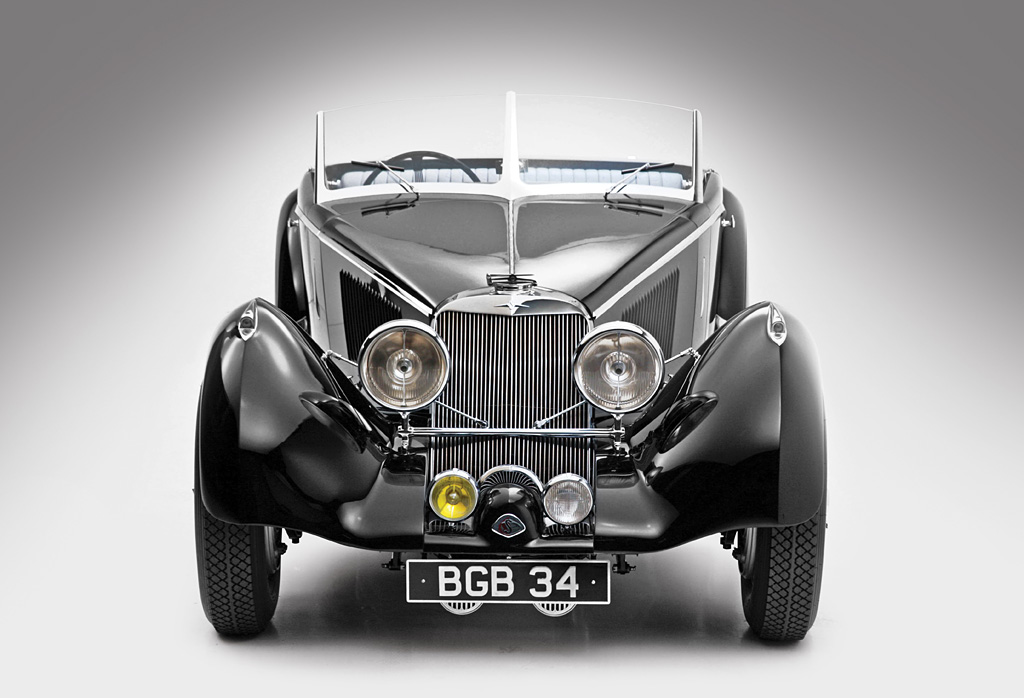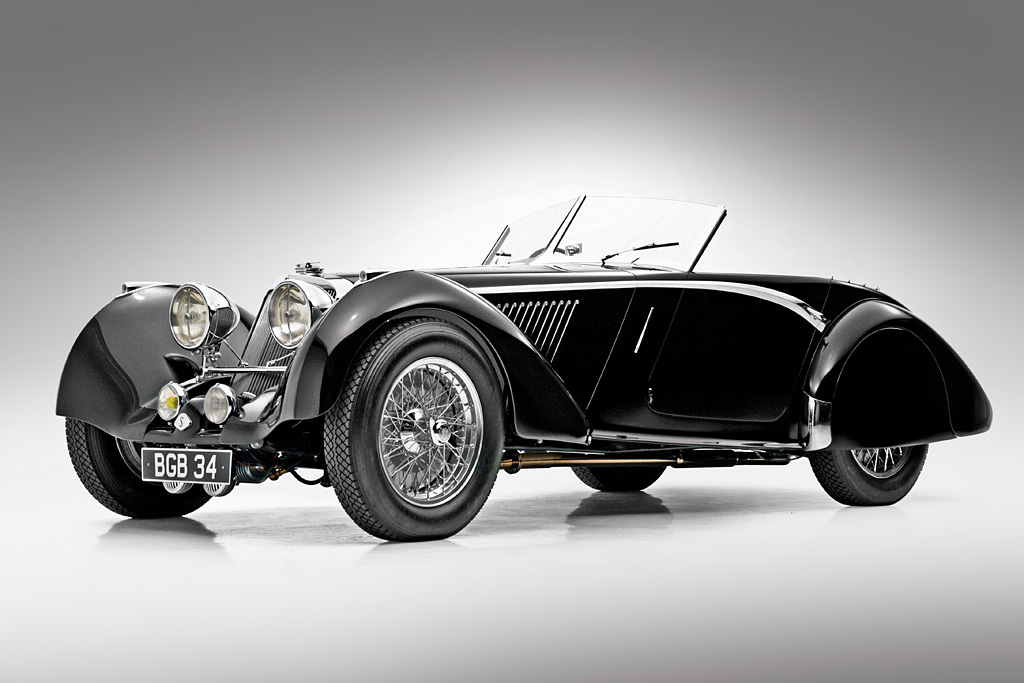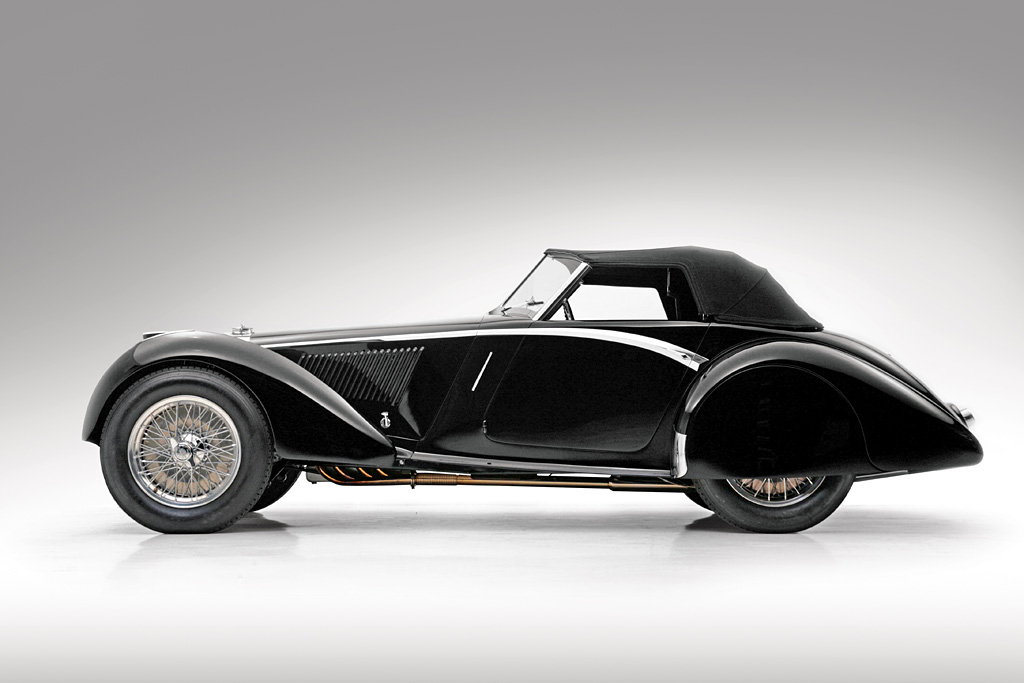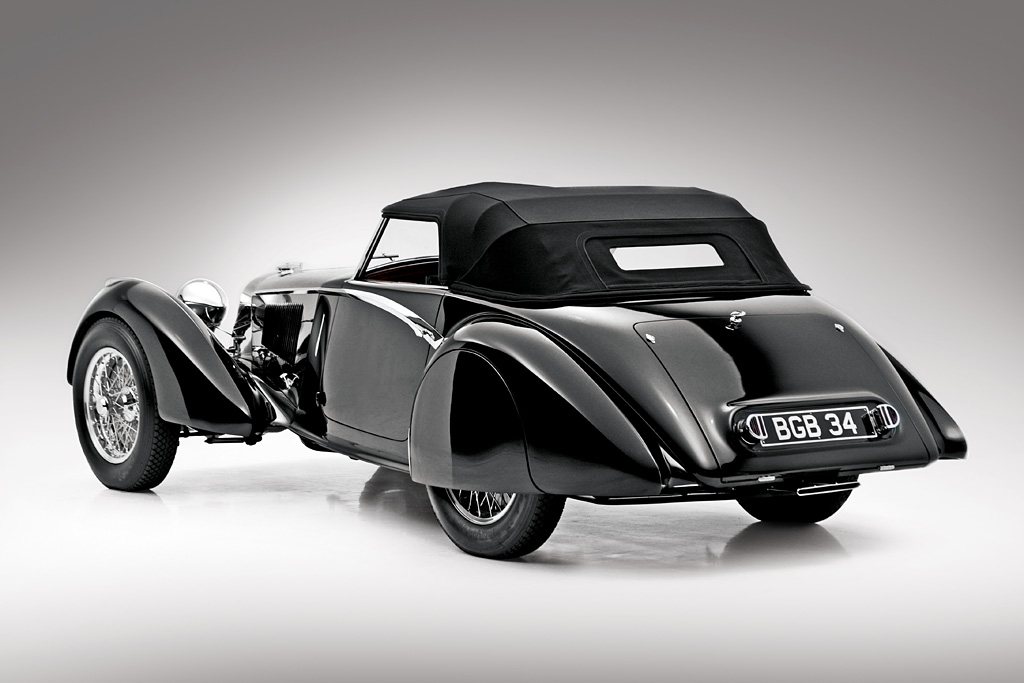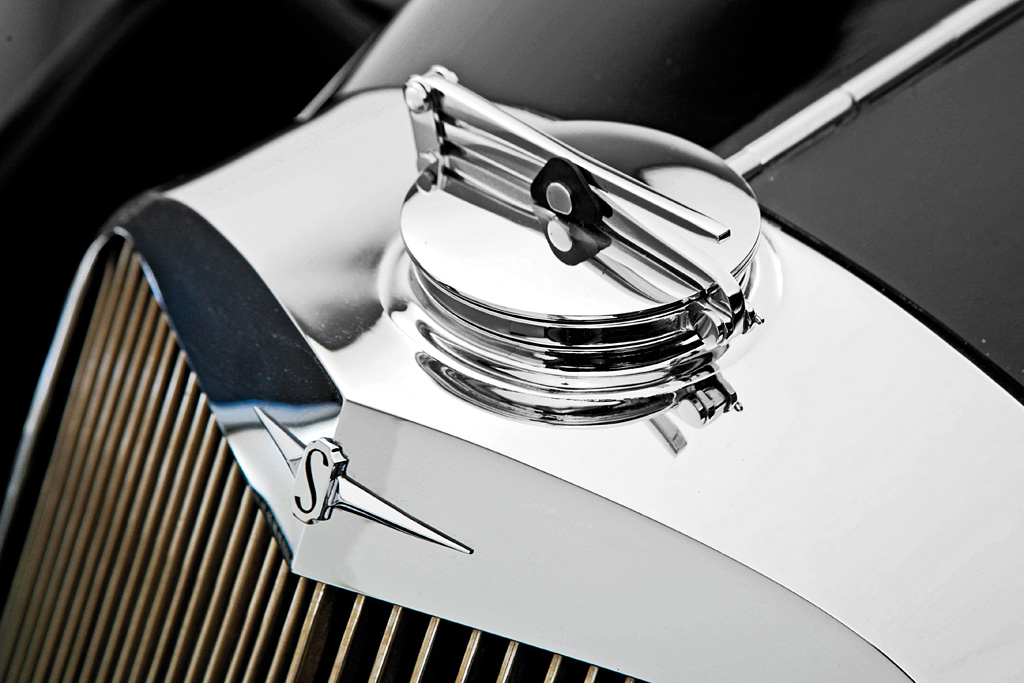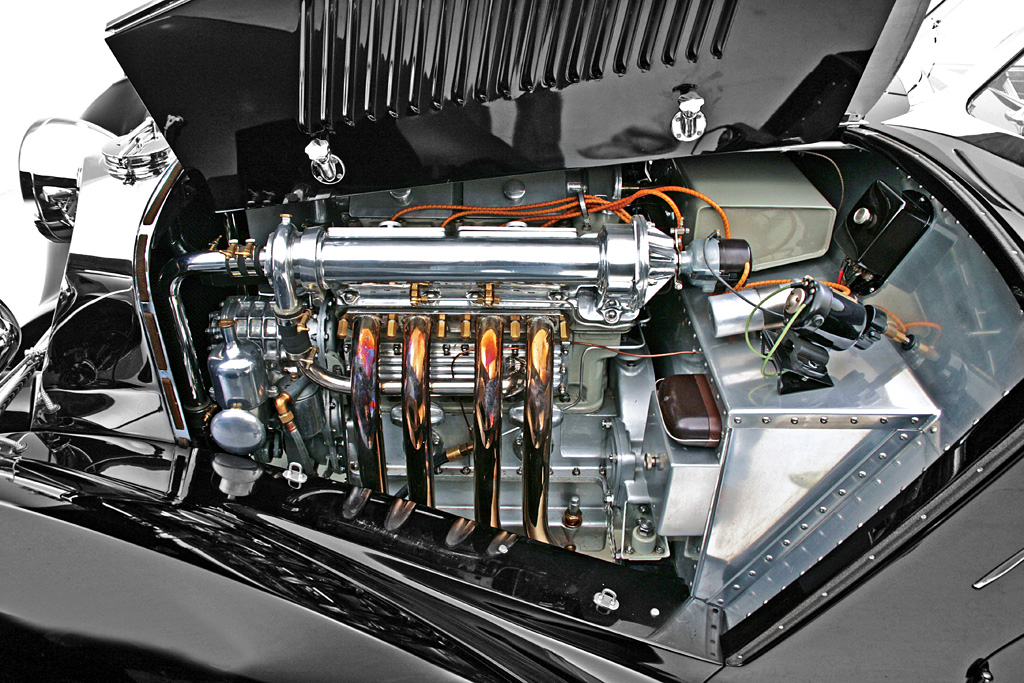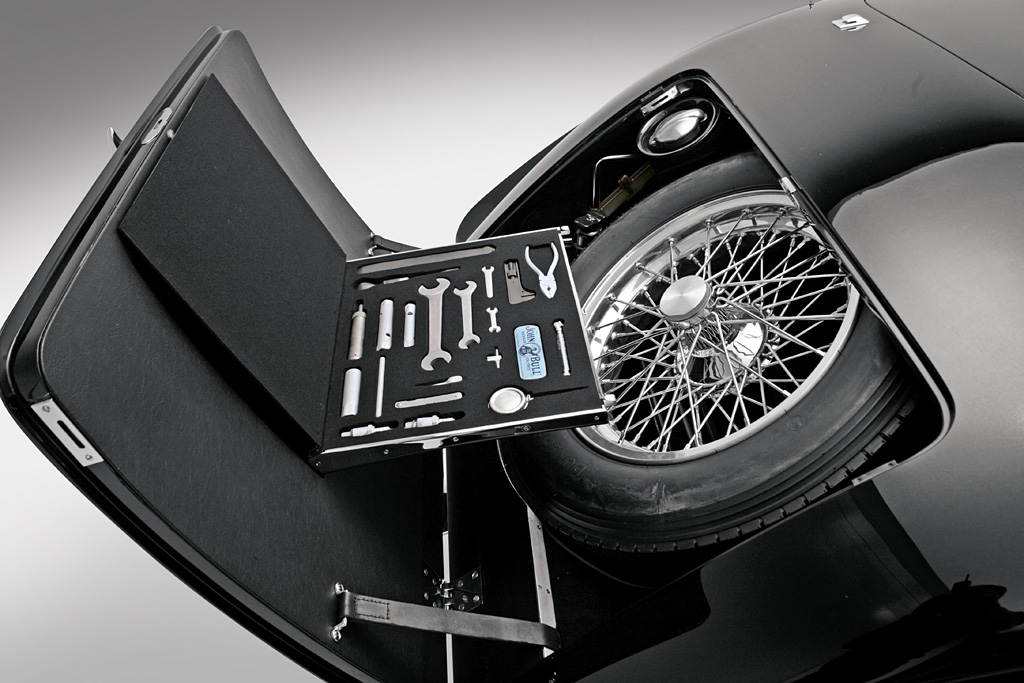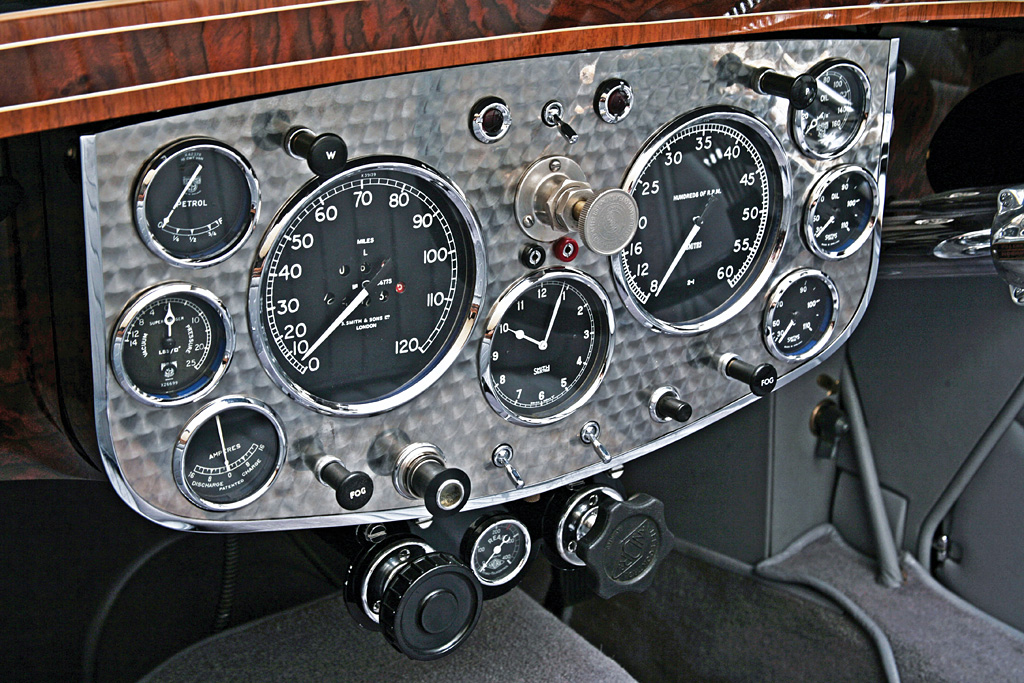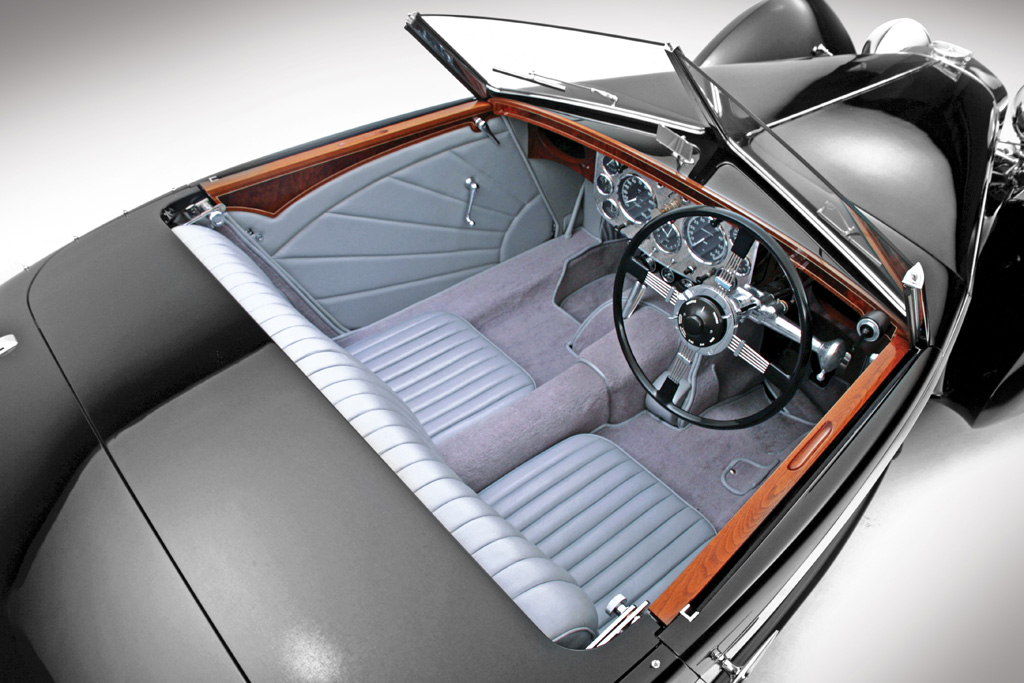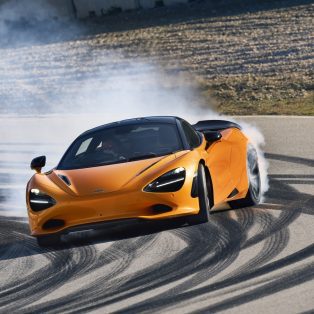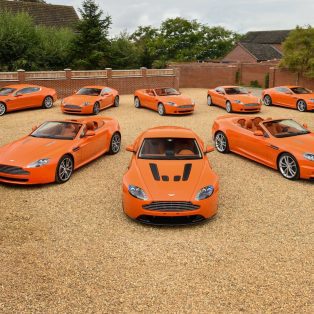1935→1939 Squire 1500
Known as the model 1500 or 1½-Liter, the Squire is one of the rarest prewar British supercars. Built to a high level of engineering and craftsmanship, the Squire rivals the best French designs as well as cars like the Bugatti Type 55 and Alfa Romeo 8C 2300.
At the age of 21 and with a £20,000 inheritance, Adrian Squire started Squire Car Manufacturing Company in 1934 around Henley-on-Thames, England. Previous careers included an apprenticeship at Bentley Motors and working as an assistant draftsman at MG. His own vision was to create one of the fastest and best handling cars of the period.
For the 1500, Squire selected a DOHC, four-cylinder engine from T.D. Ross of Frazer Nash as a basis. Built from a bespoke casting by Anzani, the block featured the Squire insignia despite sharing much with the Frazer Nash design. Squire then supercharged the engine with a Roots-Type unit to offer 110 bhp. This engine was mated to a Wilson-type E.N.V. preselector transmission and power was sent to a live rear axle.
The chassis was designed to be highly rigid, but also highly detailed with 15-inch magnesium-alloy drums, a pioneering use of hydraulic calipers and adjustable friction shock absorbers. Later cars used an underslung arrangement at the rear to keep the chassis as low as possible.
Some of the Squires were used to race in the 1500 class while others were built up as highly detailed road cars. The first cars were built with Vanden Plas bodies while cheaper designs by Markham and Ranalah were used afterward.
Costing as much as a Bugatti, Squire orders were not considerable. After just two years of promotion and seven orders, Squire quit the company to work for Lagonda. Under new direction from Val Zethrin three additional cars were made between 1937 and 1939.
Our feature car, chassis 1063, was is one of the final three cars produced by Val Zethrin. It is the only Squire fitted with Corsica coachwork, arguably the most dramatic of all bodies on the 1500 chassis.
By 1984 the Corsica Squire had made it to America and it traded hands several times before being purchased and restored by Pat Hart in 1995. The process took three years by Don Vogelsang in Seattle. During this time the body was channeled by two inches to better match the front radiator. The car was finished in time for the 1998 Pebble Beach Concours d’Elegance.
In Detail
| submitted by | Richard Owen |
| type | Series Production Car |
| production years | 1935 – 1939 |
| built at | Henley-on-Thames, England |
| production | 10 |
| price £/td> | £1195 |
| engine | Frazer Nash Inline-4 |
| position | Front, Longitudinal |
| aspiration | Roots-Type Supercharger |
| block material | Cast Iron |
| valvetrain | Chain-Driven DOHC, 2 Valves per Cyl |
| displacement | 1496 cc / 91.29 in³ |
| bore | 69 mm / 2.7 in |
| stroke | 100 mm / 3.9 in |
| power | 82.0 kw / 110 bhp @ 5000 rpm |
| specific output | 73.53 bhp per litre |
| bhp/weight | 104.76 bhp per tonne |
| body / frame | Body on Steel Frame |
| driven wheels | RWD |
| front brakes | Hydraulic Drums |
| rear brakes | Hydraulic Drums |
| f suspension | Solid Axle w/Semi-Elliptic Leaf Springs, Friction Dampers |
| r suspension | Live Axle w/Semi-Elliptic Leaf Springs, Friction Dampers |
| curb weight | 1050 kg / 2315 lbs |
| wheelbase | 2642 mm / 104 in |
| front track | 1371.6 mm / 54 in |
| rear track | 1371.6 mm / 54 in |
| transmission | Wilson Pre-selector |
| top speed | ~160.90 kph / 100 mph |
| 0 – 60 mph | ~12.0 seconds |
Read more at http://www.supercars.net/cars/3063.html#x6wzaDUQQxkDyWig.99
In Detail
| submitted by | Richard Owen |
| type | Series Production Car |
| production years | 1935 – 1939 |
| built at | Henley-on-Thames, England |
| production | 10 |
| price £/td> | £1195 |
| engine | Frazer Nash Inline-4 |
| position | Front, Longitudinal |
| aspiration | Roots-Type Supercharger |
| block material | Cast Iron |
| valvetrain | Chain-Driven DOHC, 2 Valves per Cyl |
| displacement | 1496 cc / 91.29 in³ |
| bore | 69 mm / 2.7 in |
| stroke | 100 mm / 3.9 in |
| power | 82.0 kw / 110 bhp @ 5000 rpm |
| specific output | 73.53 bhp per litre |
| bhp/weight | 104.76 bhp per tonne |
| body / frame | Body on Steel Frame |
| driven wheels | RWD |
| front brakes | Hydraulic Drums |
| rear brakes | Hydraulic Drums |
| f suspension | Solid Axle w/Semi-Elliptic Leaf Springs, Friction Dampers |
| r suspension | Live Axle w/Semi-Elliptic Leaf Springs, Friction Dampers |
| curb weight | 1050 kg / 2315 lbs |
| wheelbase | 2642 mm / 104 in |
| front track | 1371.6 mm / 54 in |
| rear track | 1371.6 mm / 54 in |
| transmission | Wilson Pre-selector |
| top speed | ~160.90 kph / 100 mph |
| 0 – 60 mph | ~12.0 seconds |





